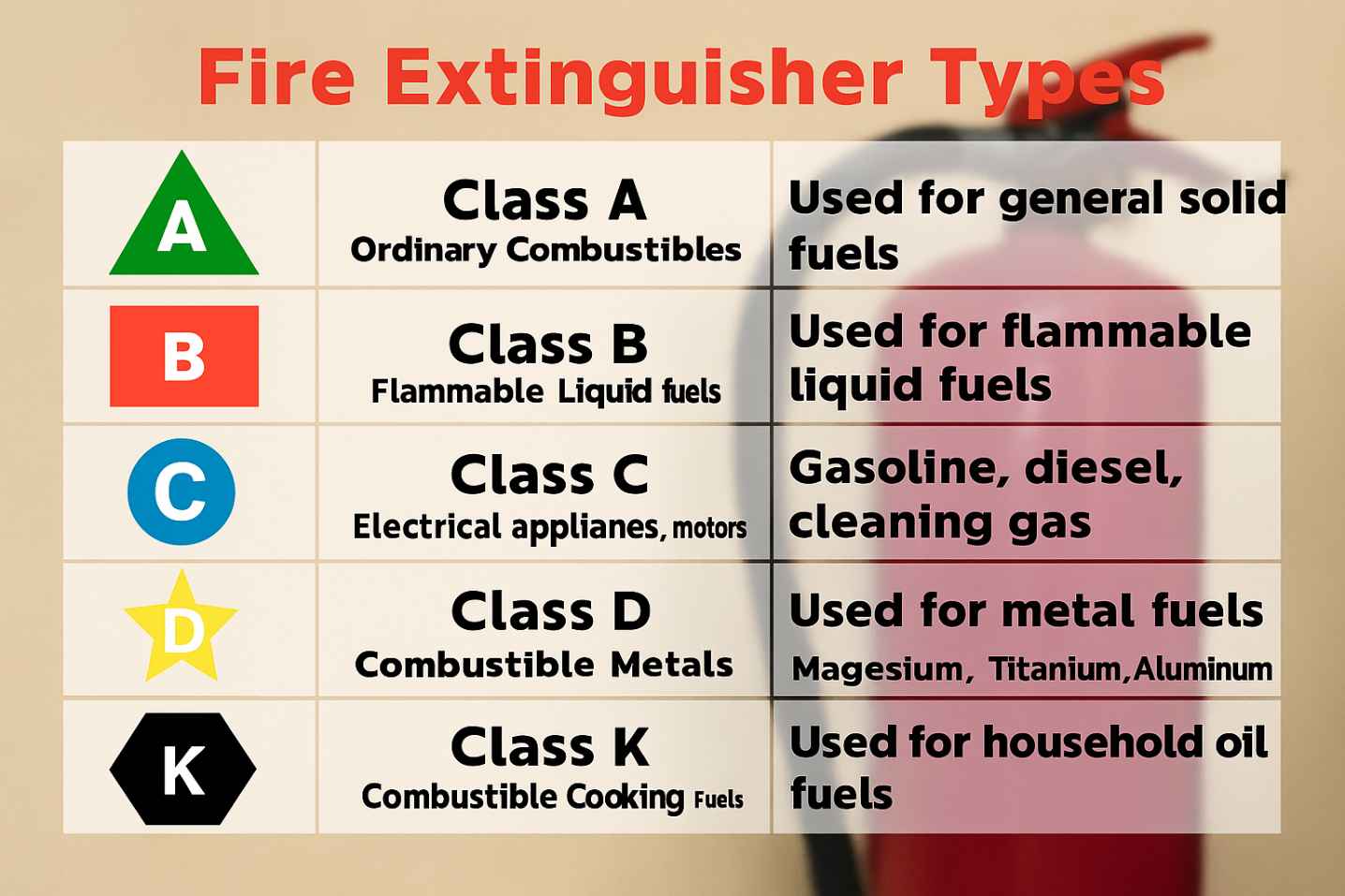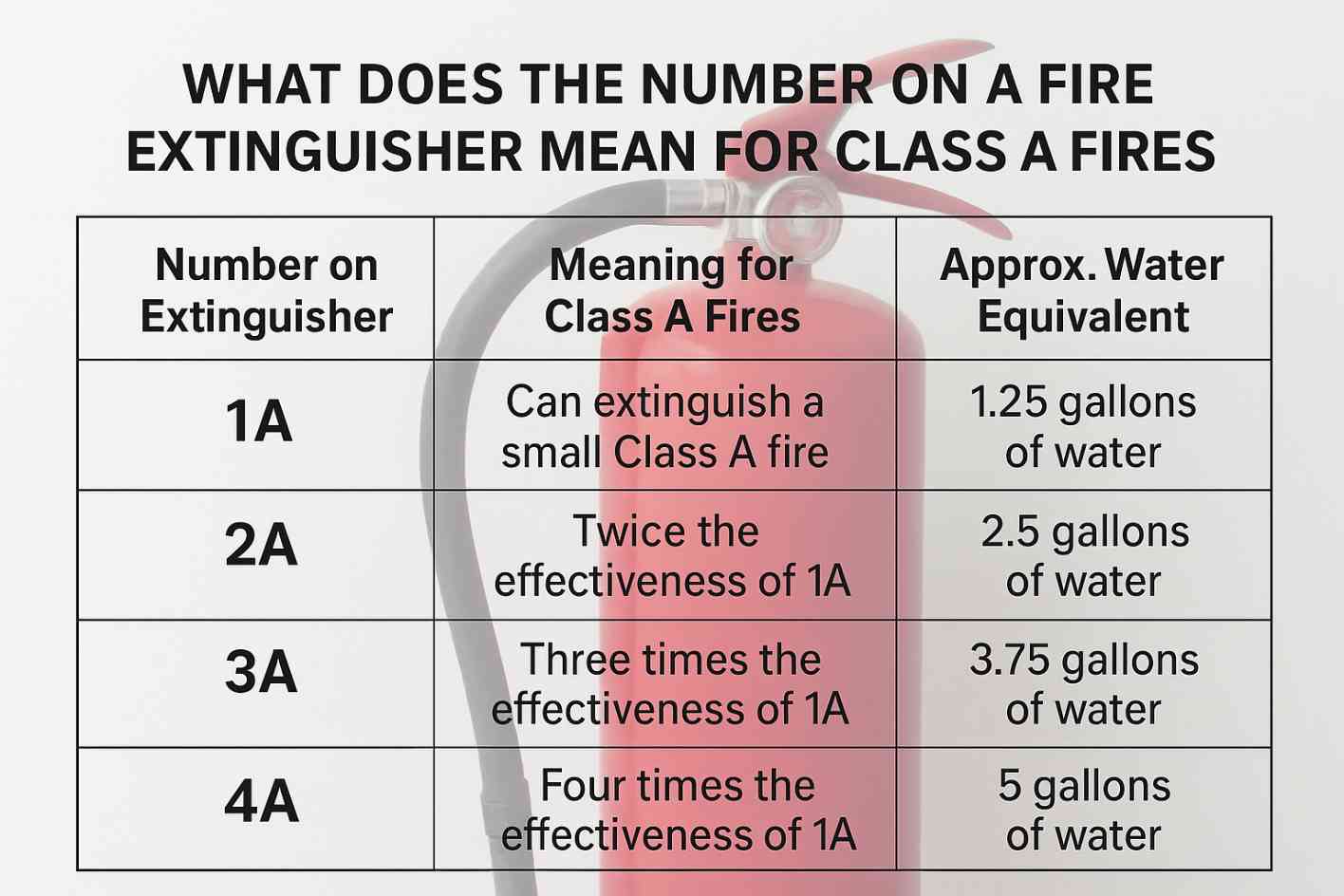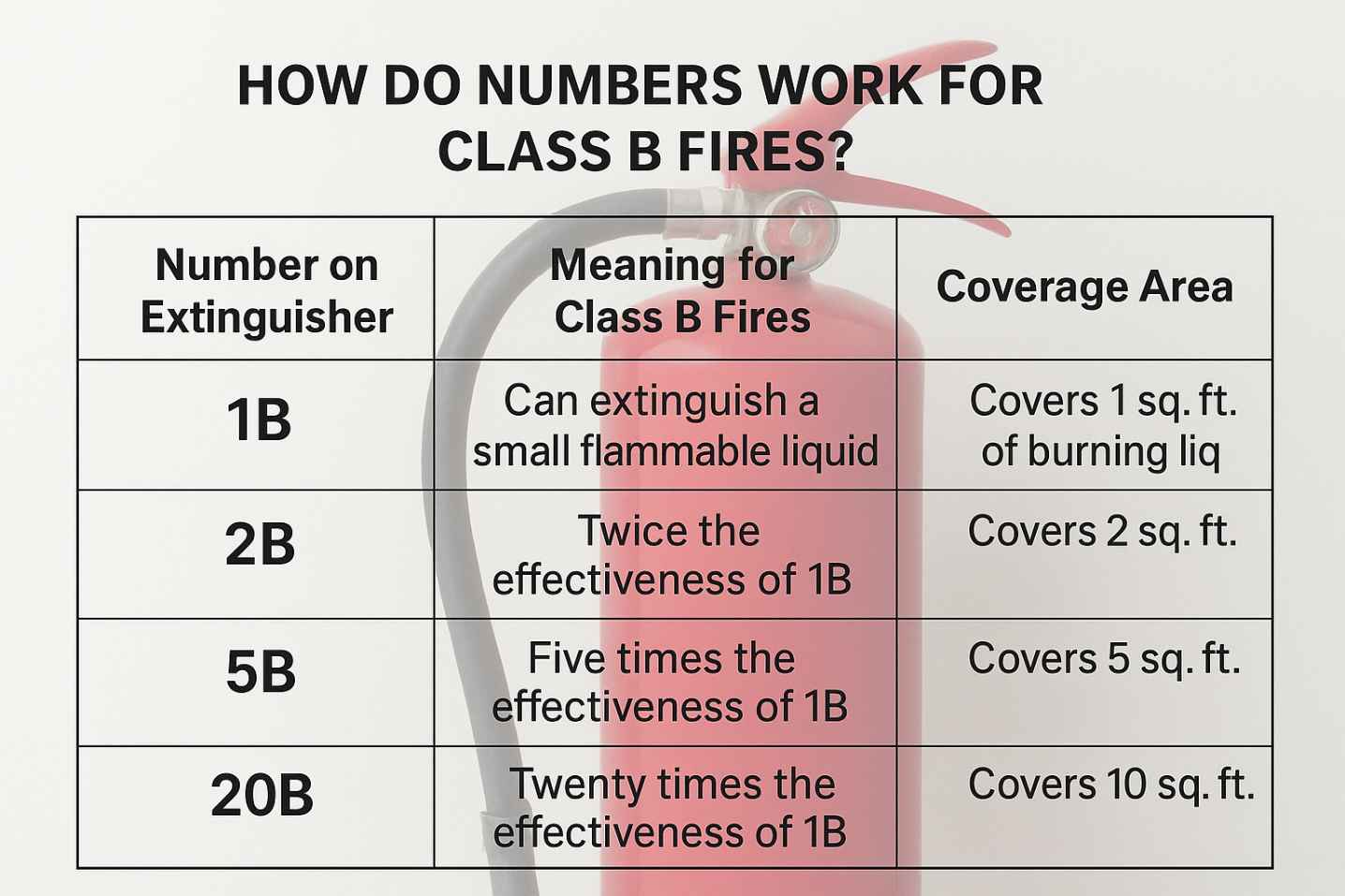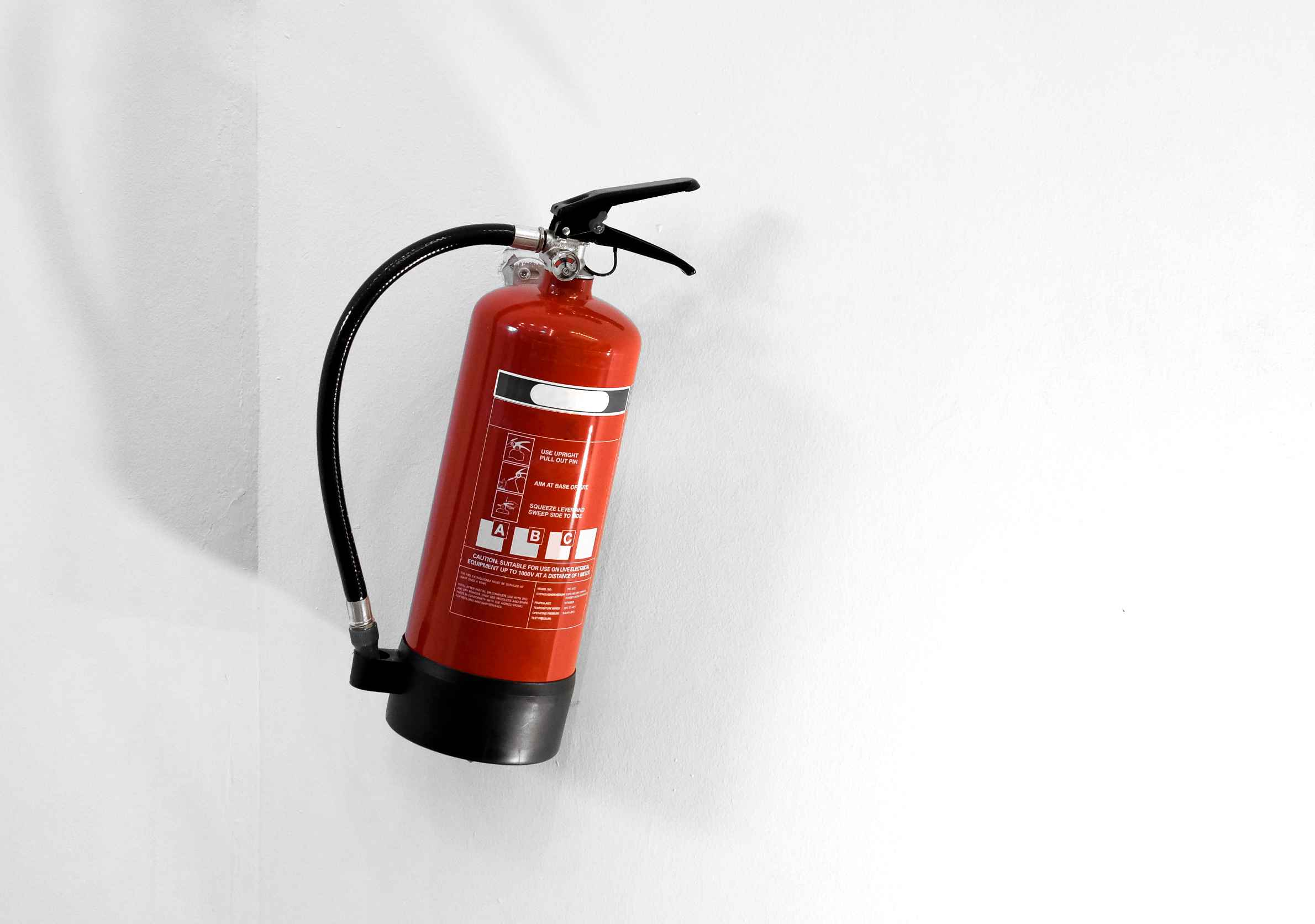We’ve all seen those little fire extinguishers on the walls at school, in our office buildings, and even in the kitchen at home, but have you ever wondered what those mysterious letters and numbers actually mean?
Sure, they’re meant to protect us in case of an emergency, but knowing what that number signifies could mean the difference between a safe escape and a costly mistake.
So, here’s the deal—all fire extinguishers are labeled with a letter and a number, but what does the number really indicate?
Don’t worry, I’ve got you covered. Let’s break down what these numbers really represent and how understanding them can keep you prepared and safe.
Why Do Fire Extinguishers Have Numbers?
When you walk into a room and spot a fire extinguisher, the first thing you might notice is the label. That label will include a letter (representing the type of fire it can fight) and a number (indicating its capacity or effectiveness).
These numbers are crucial because they tell you how much power your extinguisher packs. So, why are the numbers there? They’re there to give you a quick way to gauge how well an extinguisher can handle specific types of fires.
For Class A and Class B fires, the numbers indicate size and effectiveness, helping you pick the right extinguisher for the job.
For other types, like electrical (Class C) or metal fires (Class D), the rating works a little differently, but it’s just as important. Let’s get into the nitty-gritty of those ratings.
What Does the Letter Symbol on a Fire Extinguisher Mean?

Each letter on a fire extinguisher represents a different fire class, and knowing what these letters mean is critical. Here’s a quick rundown:
- Class A: Fires involving ordinary combustibles like paper, wood, and cloth.
- Class B: Fires involving flammable liquids like gasoline, oil, or paint.
- Class C: Fires involving electrical equipment (e.g., wiring, appliances).
- Class D: Fires involving combustible metals like magnesium or titanium.
- Class K: Fires involving cooking oils or fats, like in deep fryers.
For example, the C on a fire extinguisher means it can be safely used on electrical fires without the risk of electric shock.
It’s important to always match the letter with the type of fire you’re likely to encounter, so you can choose the right extinguisher.
What Does the Number on a Fire Extinguisher Mean for Class A Fires?

Class A fires are those that involve ordinary combustibles like wood, paper, fabric, and plastics.
If you’ve ever seen the number 2A on a fire extinguisher, it means that this particular extinguisher has the equivalent extinguishing power of 2.5 gallons of water.
So, the bigger the number, the more powerful the extinguisher is against these common fires. For instance, a 5A rating is stronger than a 1A because it represents a larger amount of water equivalency.
If you’re dealing with a house fire involving paper and wood, knowing the size rating could really make a difference in containing that blaze.
How Do Numbers Work for Class B Fires?

Class B fires involve flammable liquids like gasoline, oils, paints, or solvents. The number here doesn’t represent water but rather the square footage the extinguisher can effectively cover.
For example, a 10B extinguisher can cover 10 square feet of a flammable liquid fire.
So, if you’re working in a garage or a lab and have to deal with oil or paint spills, the 10B means you’ve got enough capacity to deal with a decent-sized fire.
But if you’re facing a bigger fire, you’d want something with a larger number, like 20B or 30B. More square footage covered equals more power to tackle the fire.
Also Read : What Do the Symbols on a Fire Extinguisher Indicate?
What About Class C Fires? No Number, No Problem!
Now, Class C fires are a bit different because they involve electrical equipment. These types of fires don’t come with a numerical rating.
Why? Because Class C fires are typically just Class A or B fires with the added complexity of energized electrical components.
So, when you see an extinguisher with a C label, it means that the agent is non-conductive, making it safe to use on electrical fires.
Essentially, as long as the extinguisher handles Class A or B fires well, it’s also safe for electrical hazards. It’s not about the number but the fact that the extinguisher won’t zap you.
What Do Numbers on Class D and K Fires Mean?

Class D fires: For Class D fires, which involve combustible metals like magnesium or titanium, you won’t see a number either.
Instead, effectiveness is based on the type of metal the extinguisher is designed for and how the agent works to control the fire.
In other words, if your extinguisher is rated for Class D, it’s specialized for dealing with metal fires.
Class K fires: Then there’s Class K fires, which deal with cooking oils and fats (think deep fryers).
These extinguishers also don’t carry a number because they’re specifically designed for kitchen fires. They are tested for their ability to handle grease fires without splashing or reigniting.
What Does 1A 10 BC Mean on a Fire Extinguisher?
If you’ve ever come across a label with something like 1A 10 BC, you might be scratching your head about what it means. Well, here’s the scoop:
- 1A: This refers to the extinguisher’s capacity to handle a Class A fire, such as a fire involving paper or wood. The “1” means it’s as effective as 1.25 gallons of water in putting out the fire.
- 10 BC: This refers to the extinguisher’s effectiveness in fighting Class B fires (flammable liquids) and Class C fires (electrical). The “10” means it can cover a 10 square foot area of a flammable liquid fire. The BC indicates that it’s safe for electrical fires but not designed specifically for Class A combustibles.
In short, 1A 10 BC means that this fire extinguisher can handle small fires like those that might occur with paper or wood (1A), and can cover flammable liquid or electrical fires up to a moderate size (10 BC).
It’s all about knowing your environment and choosing the right tool for the job.
Why Are Numbers Important When Choosing a Fire Extinguisher?
Fire extinguisher numbers are important because they help you match the extinguisher to the risk. A larger number means that the extinguisher is capable of handling larger or more intense fires.
If you’re in a high-risk area like a workshop, kitchen, or garage, understanding what the numbers mean will ensure you’re equipped with the right extinguisher to put out the fire safely and effectively.
For example, a 2A fire extinguisher is appropriate for small fires, but if you’re in a commercial kitchen, a 10A or even higher might be necessary, especially if flammable oils or large areas are involved.
A 10 BC might suffice for moderate-sized liquid or electrical fires, but a larger number might be required for bigger fires.
FAQs About Fire Extinguisher Labels and Ratings
1. What is the difference between Class A and Class B ratings on fire extinguishers?
Class A extinguishers are designed for fires involving ordinary combustibles like paper, wood, or cloth. They are rated based on water equivalency, so a 1A extinguisher has the power of 1.25 gallons of water.
Class B extinguishers, however, are made for flammable liquids like gasoline or oil, and the rating is based on square footage, so a 10B rating means the extinguisher can cover 10 square feet of a flammable liquid fire.
2. Can I use a fire extinguisher labeled for electrical fires on regular fires?
Yes! A Class C extinguisher is safe for electrical fires, but it can also be used on Class A or B fires (as long as the fire involves flammable materials or liquids).
The key is that Class C extinguishers have non-conductive agents, meaning they won’t cause electric shock when used on live electrical equipment.
3. Why don’t Class D and Class K fire extinguishers have numerical ratings?
Class D extinguishers (for metal fires) and Class K extinguishers (for cooking oils and fats) don’t have numerical ratings because they are designed for very specific fire types.
Instead, their effectiveness is based on the specific material or fire source they are intended to control.
Class D extinguishers are rated based on the metal involved, and Class K extinguishers are tested for cooking fires in deep fryers.
Wrapping It Up: Know Your Numbers, Know Your Safety!
Understanding fire extinguisher labels and the numbers on the labels could be the difference between staying safe and causing further damage in an emergency.
Next time you walk past that fire extinguisher, take a moment to check out the number and letter—it’s there for a reason!
Whether you’re at home, at work, or enjoying a day out, being able to choose the right extinguisher means you’re one step ahead in keeping yourself and others safe.
Stay prepared, stay safe, and don’t underestimate the power of knowing those numbers on your extinguisher label!
Do you like this personality?



